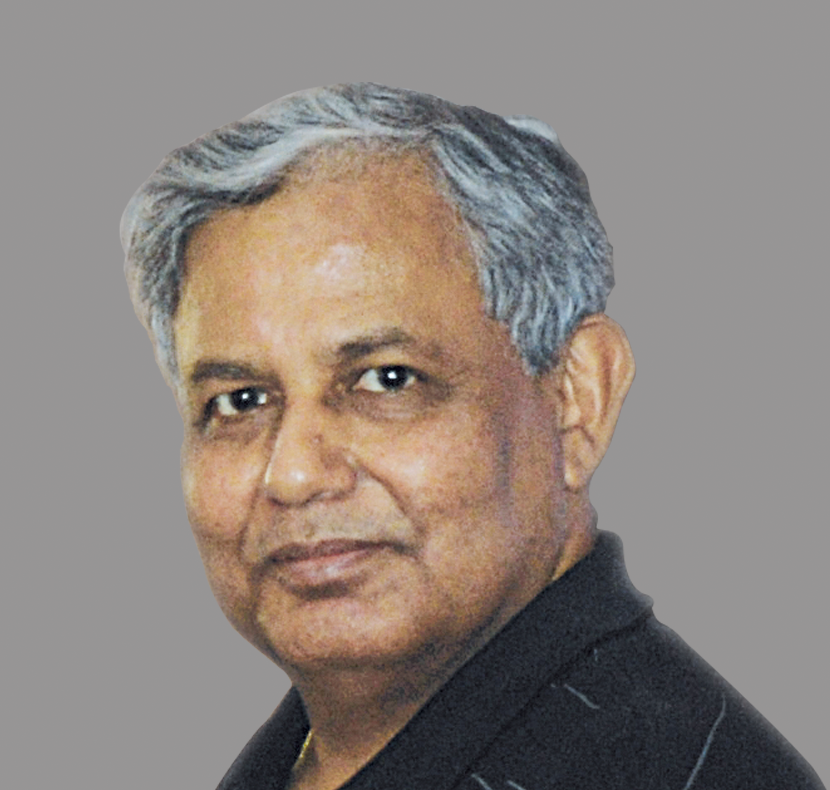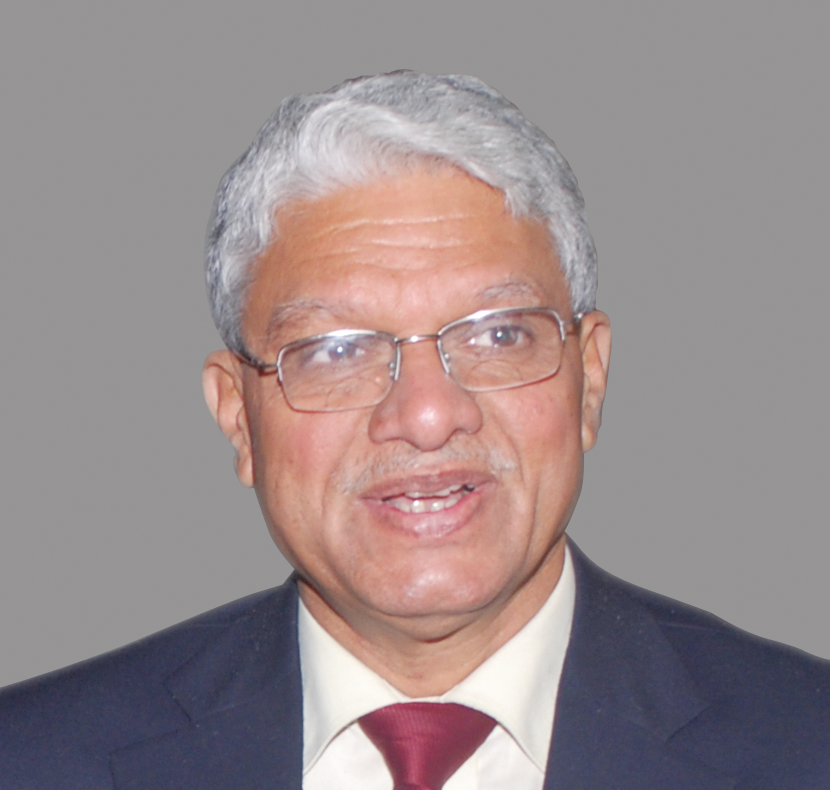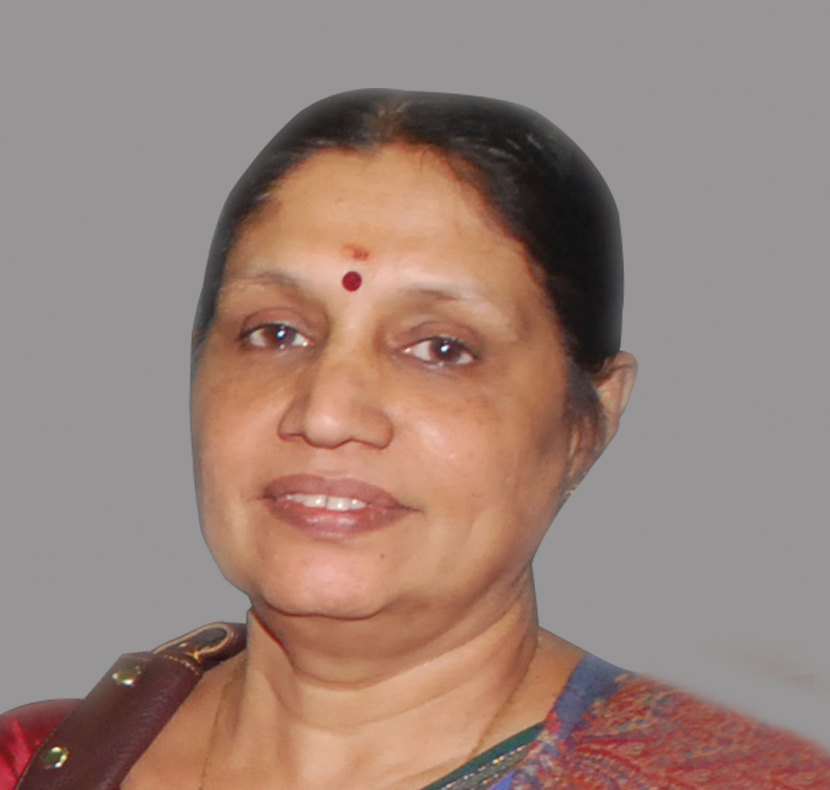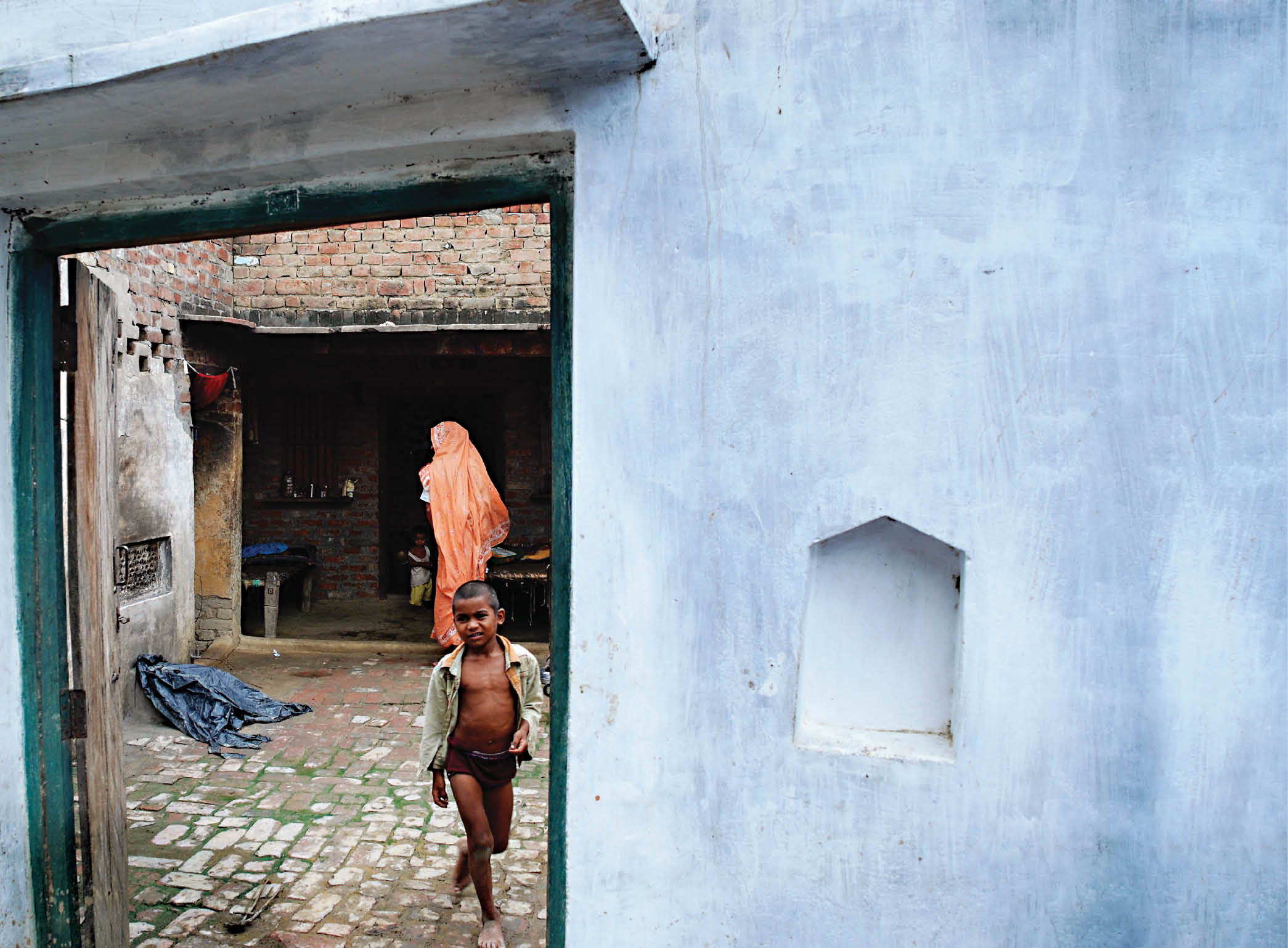
Expert Panel

Vice Chancellor, MG Kashi Vidyapeeth, Varanasi

Koteswaram Professor, MoES, Air Vice Marshal (Retd) Former DG, IMD, New Delhi

Deputy Director General, Fisheries, Indian Council of Agricultural Research, New Delhi

Professor, Centre for the Study of Regional Development, Jawaharlal Nehru University, New Delhi

Professor, Centre for the Study of Regional Development, Jawaharlal Nehru University, New Delhi
Inside this issue
Emerging Perspectives
Fiscal decentralisation can be meaningful only when the panchayat has adequate untied funds to provide the public services assigned to them. Presently, the sources of revenues for the panchayat are inadequate. Reforms are needed to empower the panchayat by augmenting its revenues.
The financial year 2009-2010 was declared the ‘year of the gram sabha’ to help focus on this vital subject. But, the concept is yet to become meaningful. Attendance remains poor and quora are lacking. Marginalised communities are particularly handicapped as attending meetings involves covering long distances.
There is an urgent need for a shift from a risk mitigation cum relief-centric approach in disaster management. The panchayat is uniquely equipped to deal with disasters on a sustainable basis.
The National Literacy Mission has set itself a target to make 70 million adults literate for the 12th Five Year Plan. If full literacy is achieved PRIs can see improved performance through increased participation.
Panchayati Raj has attracted women to politics in large numbers, particularly from the scheduled castes and tribes, many of whom are first-timers. Success at the grassroots level has given women eloquence, and a voice. However, decision-making positions continue to elude most women.
Women have had a long history of being discriminated against and exploited in Indian society. The 73rd Constitutional Amendment introduced measures to reverse these indignities. Yet, there remains strong resistance against their participation in the public sphere.
The E-panchayat project holds great promise for rural India as it aims to transform panchayati raj institutions into symbols of modernity, transparency and efficiency.
The pace of adoption of e-applications varies across states due to inadequate infrastructure, manpower and capacity of the panchayat functionaries. Nevertheless, the ease in providing services to ordinary citizens through these needs to be appreciated.
Initiatives
E-governance and digitisation in Panchayati Raj institutions have a lot of potential in India, and can be successfully used to check corruption at the rural level. However, in places with low literacy levels, and no physical infrastructure, a lot will need to be done to put matters into place.
Facilities given for digitisation of the panchayat has made it possible for the Digital Empowerment Foundation to empower the residents of Chandauli village in Alwar district with computer skills, despite an abysmal 30-40 per cent literacy level.
Notwithstanding the most comprehensive E-governance policy in India, Maharashtra faces several roadblocks to full digitisation. Power outages, cable thefts, and an ambiguous position as regards computer operators prevent villages getting the full benefit of E-panchayats.
The future of the PRIs looks bright, with sustained proactive initiatives by the state government and continuous capacity-building interventions by the State Institute of Rural Development-Rajasthan.
In a representative democracy, leadership holds the key to emancipation of the poor and marginalised. However, the challenge lies in making these communities assertive enough to work systematically in the democratic space available to them.
The Mahatma Gandhi National Rural Employment Guarantee Scheme even when moderately successful, has been the harbinger of a major change in the lives of the rural underprivileged. Distress migration has ceased, and marginal farmers have started earning substantially from their produce.
MGNREGA offers a historic opportunity with its scale, bottom-up planning and sectoral flexibility. The empowerment of panchayati raj through effective social audits is making this programme an agent of transformative change for Sikkim.
With new emerging areas in the field of rural development, there is immense scope for employment for trained professionals, whether in the government, corporate sector, research organisations, or non-government organisations/voluntary sector.
In brief
India’s long history of grassroots governance gained credence when the Panchayati Raj Institutions (PRIs) were set in place in by the 73rd Amendment. Since then the three-tiered system has undergone numerous changes. From a body that hardly held any sanctity in the Indian administrative set-up bar

